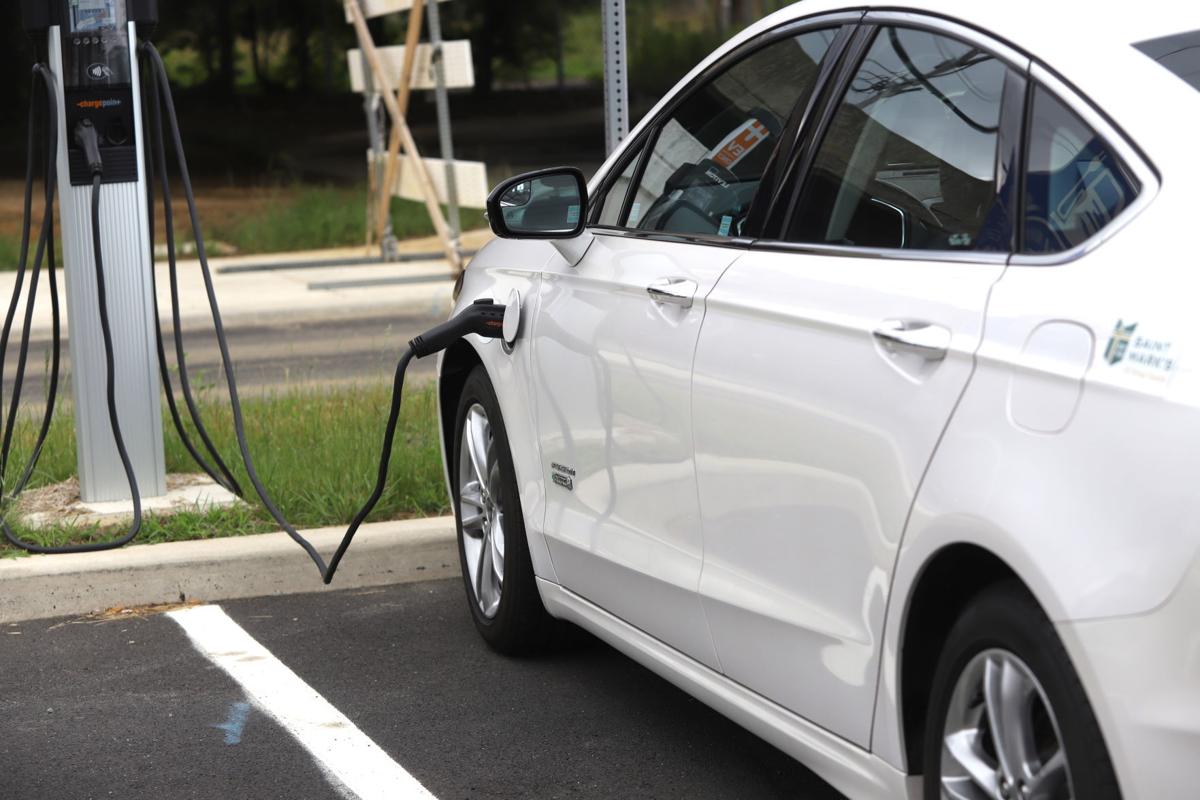
@nsgov announced new rebates for electric vehicles yesterday. Mining makes #greentech like electric cars possible because they are mostly made of minerals and metals.
#nspoli @KeithIrvingNS @IainTRankin @NS_Energy_Mines @ns_environment @ChenderMLA @AllanMacMaster @MLAChuckPorter
#nspoli @KeithIrvingNS @IainTRankin @NS_Energy_Mines @ns_environment @ChenderMLA @AllanMacMaster @MLAChuckPorter

For example, an e-car has 183 pounds of copper wiring in it because copper is used in every major component from the motor to the inverter and the electrical wiring. There is about four times more copper in an e-car than in a car with an internal combustion engine.
There are about 400 electric cars on Nova Scotia roads - a total of over 73,000 pounds of copper!
An electric car uses 25-50 grams of silver, so Nova Scotia’s 400 e-cars contain about 15,000 grams of it.
An electric car uses 25-50 grams of silver, so Nova Scotia’s 400 e-cars contain about 15,000 grams of it.
Silver is an excellent conductor of electricity and it is durable in harsh operating environments like Canadian winters.
Silver is used extensively in electrical control units such as navigation systems, electric power steering and safety features like airbags, automatic braking, security and driver alertness systems.
A lithium battery in an electric car contains about 154 pounds of graphite. (We call them lithium batteries but they contain 10-20 times more graphite than lithium!). That’s a total of about 62,000 pounds of graphite in Nova Scotia’s e-cars.
Gold is increasingly used in electric vehicles to keep us safe. It's an excellent conductor of electricity and it doesn't corrode. It's essential in e-car computer systems to keep them running safely and efficiently. Gold is also in airbag systems.
As we build more electric cars, we will need much more of these materials.
Many experts, including Tesla’s Elon Musk, have expressed concern that there will not be enough of minerals and metals available to meet targets for e-car adoption.
Many experts, including Tesla’s Elon Musk, have expressed concern that there will not be enough of minerals and metals available to meet targets for e-car adoption.
These materials are also used in things like renewable energy and electronics .
People who support green technologies but oppose mining need a rethink: mining makes #greentech possible!
#nspoli @KeithIrvingNS @IainTRankin #cbpoli @NS_Energy_Mines @ns_environment @MLAChuckPorter
People who support green technologies but oppose mining need a rethink: mining makes #greentech possible!
#nspoli @KeithIrvingNS @IainTRankin #cbpoli @NS_Energy_Mines @ns_environment @MLAChuckPorter

• • •
Missing some Tweet in this thread? You can try to
force a refresh




























